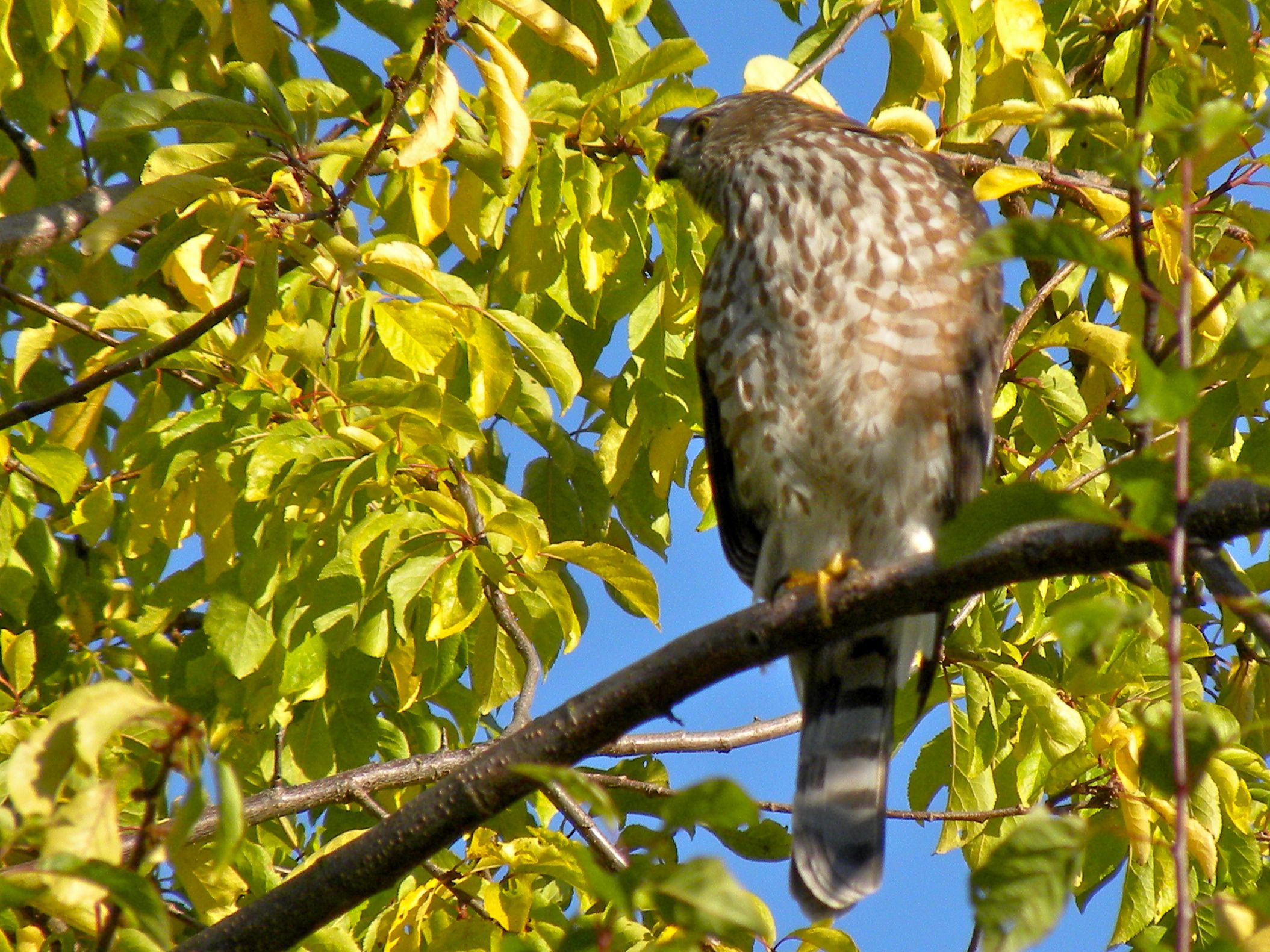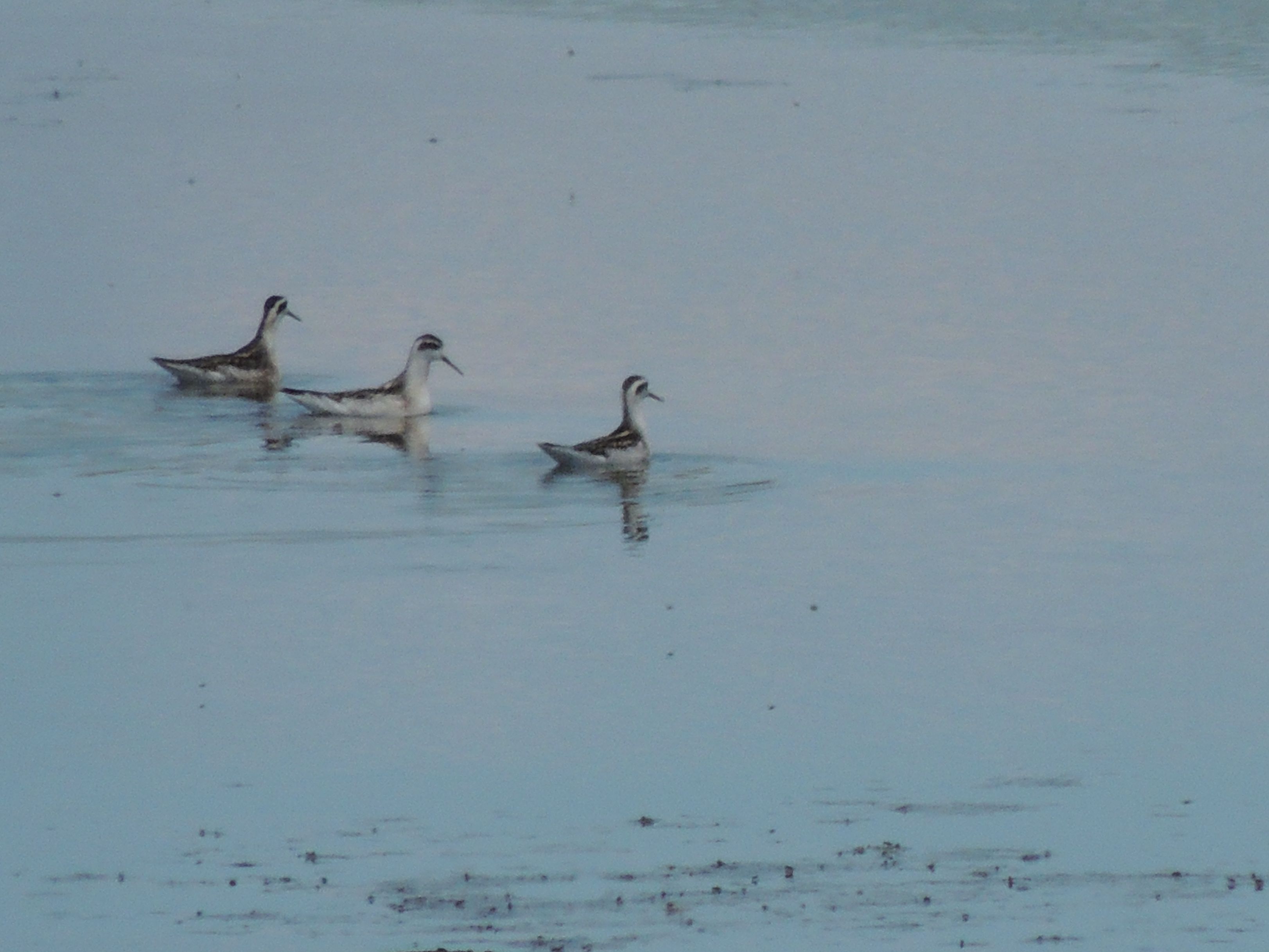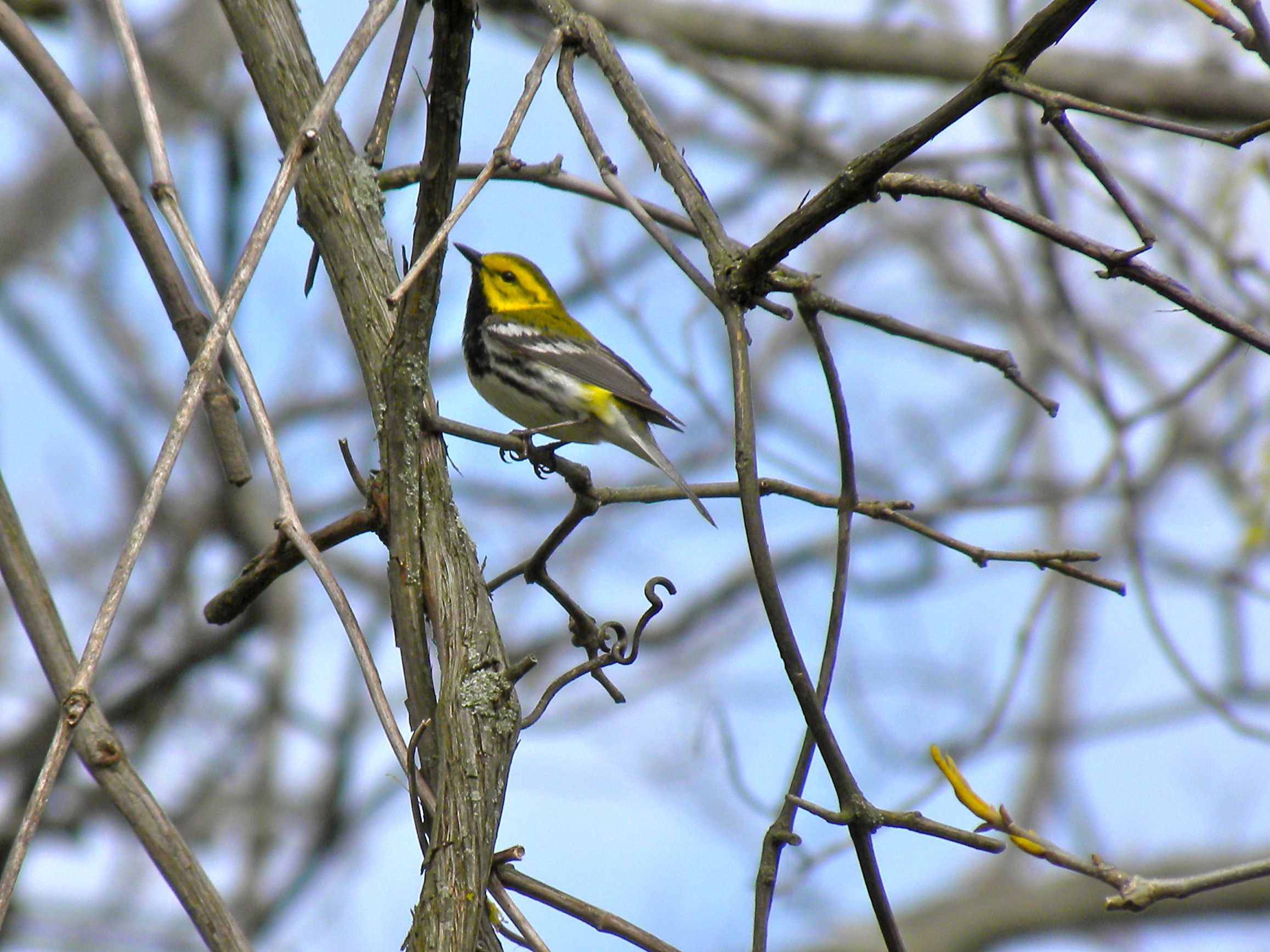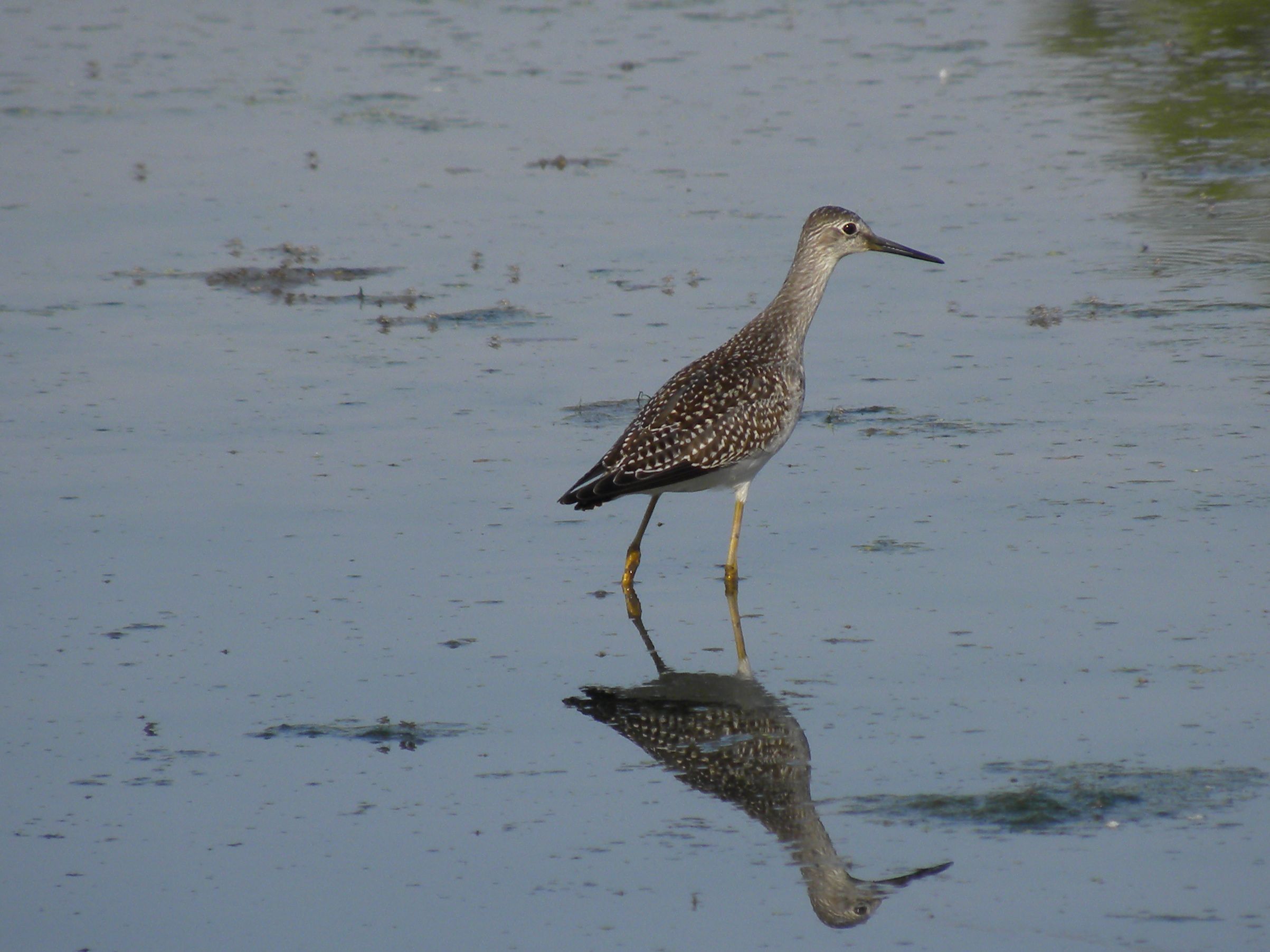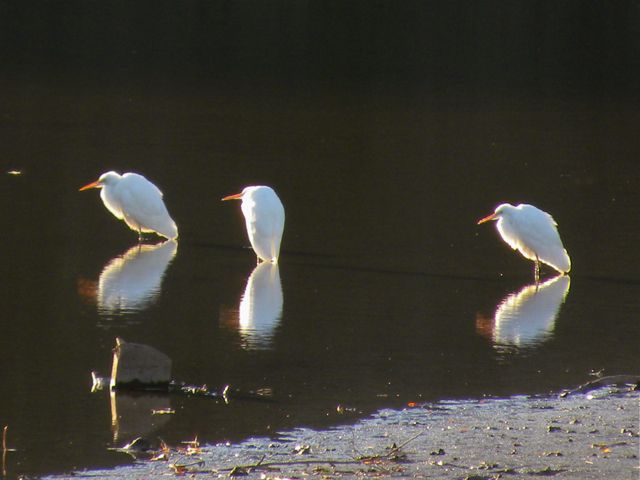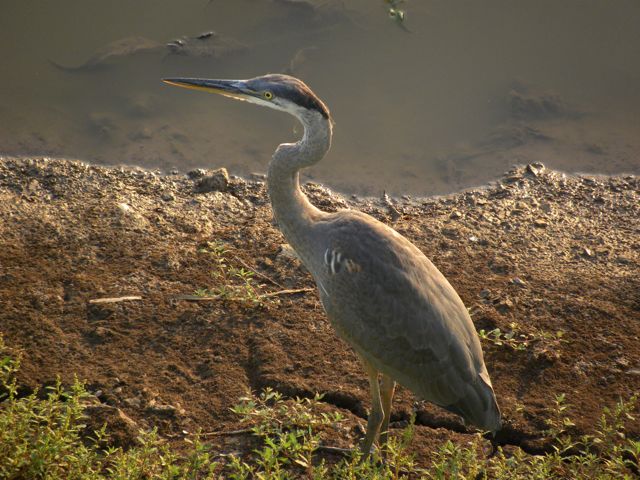August 31 2012. Lowville ON. We decided to see what early migrants we could find along a quiet, well wooded river valley. And except for the rather brisk wind, it was really quiet; the trees and understory plants seemed to have had enough of summer and drought. Still, there were some interesting birds around. One of our first finds was a couple of Scarlet Tanagers, both dingy olive-green: an adult female in scruffy molt and an indeterminate youngster. Several Magnolia Warblers, distinct with their bright and faintly streaked yellow breasts, more-or-less eye ring and sharply black-and-white underside of the tail. My companion with his sharp young eyes also found a Yellow–bellied Flycatcher, a Canada Warbler and a Ruby–throated Hummingbird.
At a break in the tree canopy we looked up to see a soaring hawk wheeling above us which we both immediately took as a Red-tailed Hawk, but as it turned and fanned its tail I could see horizontal bars across it. Not Red-tailed Hawk at all, this was a young albeit rather colourless, Red–shouldered Hawk. Red-shoulders are not rare but they’re not common either; they breed in our general area but their preferred habitat of large expanses of wet woodlands has become increasingly scarce. Our populations of Red-shouldered Hawks are seasonal migrants and winter in Texas and farther south into Mexico. But perhaps they prefer to be around here as they are one of the first hawks to return in March while there’s snow on the ground, and the reflected illumination off the snow lights up their robin-red under-wings to dramatic effect. It was my Bird of the Day even though we ended our hot walk with a close encounter with a Sharp–shinned Hawk and a fleeting glimpse of a stubby- bodied rounded-winged bird flying high and fast overhead, an American Woodcock I believe.
